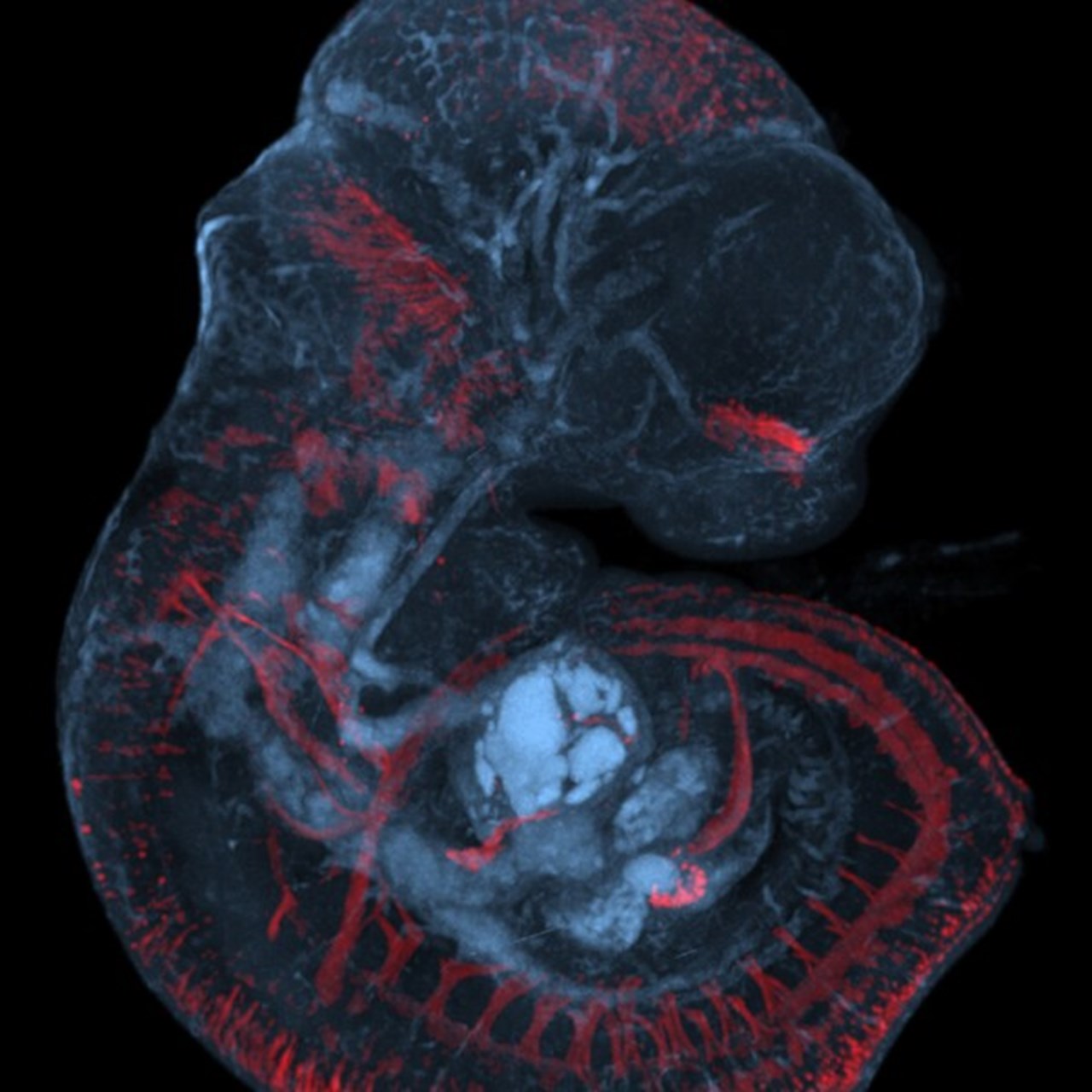About the scientific publication
Distinct Opsin 3 (Opn3) expression in the developing nervous system during mammalian embryogenesis.
Wayne Davies, Soufien Sghari, Brian Upton, Christoffer Nord, Max Hahn, Ulf Ahlgren, Richard Lang, Lena Gunhaga
eNeuro, 2021
https://doi.org/10.1523/ENEURO.0141-21.2021




